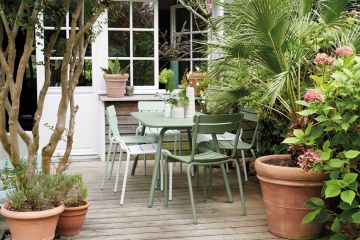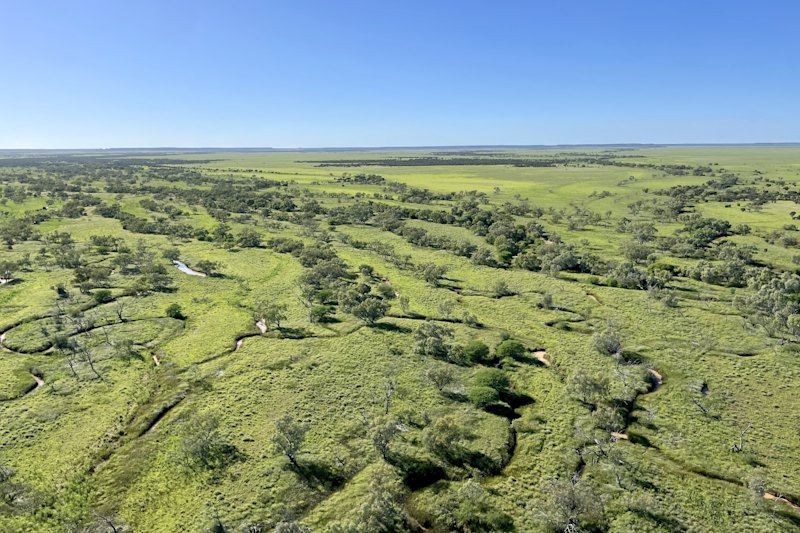Natural approach: The swimming pools free from salt and chlorine
Imagine diving into the cold water of a backyard pool on a hot summer’s day and emerging not smelling of chlorine or tasting salt in your mouth, but feeling as if you’ve just had a refreshing shower. It’s an experience more and more Australians are having thanks to the rise of the “eco”, or “natural” swimming pool.
First pioneered decades ago by Austrian company BIOTOP and popular across Europe, natural swimming pools contain water that is self-cleaning and free of any salt or chemicals. Unlike traditional swimming pools, the water is “living”, meaning it encourages a variety of plants and life forms to live within it and contribute to its maintenance.
“It becomes a very controlled pool and it looks just as clean and clear as a pool that’s been sanitised,” says Natural Swim Pools owner Wayne Zwar, who has installed about 40 of these pools over the last five years.
There are two types of natural swimming pools. The first, which Zwar refers to simply as “natural pools”, feature a “regeneration zone” next to the pool that contains gravel beds with plants that help clean the water.
For those who want their pool to look as much like a traditional swimming pool as possible, or don’t have room for a regeneration zone, the other option is the “living pool”, which uses an underground filter to create the same thing completely chemical-free. These can either incorporate elements such as rocks and plants (meaning a little bit of friendly algae) or look just like a regular, structured pool.
Interior designer and sustainable housing expert Frances Cosway had a living pool installed when she renovated her home three years ago. She chose a green render and had it landscaped to blend in with the natural surrounds.
“I refer to it as our billabong,” she says. “It looks beautiful all year round. I love the feeling of the water. It feels like you’ve been swimming in a lake. I also love the fact that I can grow flowers in it, so there are water lilies, and reeds … We’re trying to get frogs and tadpoles in there at the moment.”
And while birds, plants and insects can thrive in natural pools, mosquitoes are a non-issue due to the constant flow of water (mosquitoes are only attracted to stagnant water).
- Related: What goes into designing the perfect pool
- Related: Stunning swimming pools to dive for
- Related: Extreme sky pool suspended between buildings
Natural pools are also much more energy efficient. According to the government’s energy savings website, swimming pools can account for a third of our energy usage and guzzle more electricity than washing machines, clothes dryers and dishwashers combined. Natural pools, on the other hand, don’t require high-power filtration pumps.
“Pools themselves aren’t sustainable,” says Kulja Coulston from the Alternative Technology Association. “People are trying to change that. By using natural pools they’re not using chemicals, but they’re also creating natural habitats. They’re pools that are a luxury item while actually giving back. I would expect that natural pools would be on lots of people’s radars in coming years.”
At this stage the biggest drawback is the cost: BIOTOP pools cost about $80,000 to install, while traditional pools can be converted into natural pools for upwards of $25,000 (plus installation). After this initial outlay, however, owners save thousands of dollars a year on energy bills and buying chemicals.
And for those who have made the natural pool leap, there’s no turning back.
“I don’t see any downsides,” says Cosway. “I love the garden around it. I love that we’ve been true to the ethos of it. If we moved, I’d do it again.”
“It’s like swimming in freshwater lakes or rivers – you can’t compare that to chemical pools,” says Zwar.
“And you’re sitting there mesmerised by the dragonflies, and the frogs, and everything else that moves in or on the product and creates this incredible oasis … That’s pretty special.”
We recommend
We thought you might like
States
Capital Cities
Capital Cities - Rentals
Popular Areas
Allhomes
More







